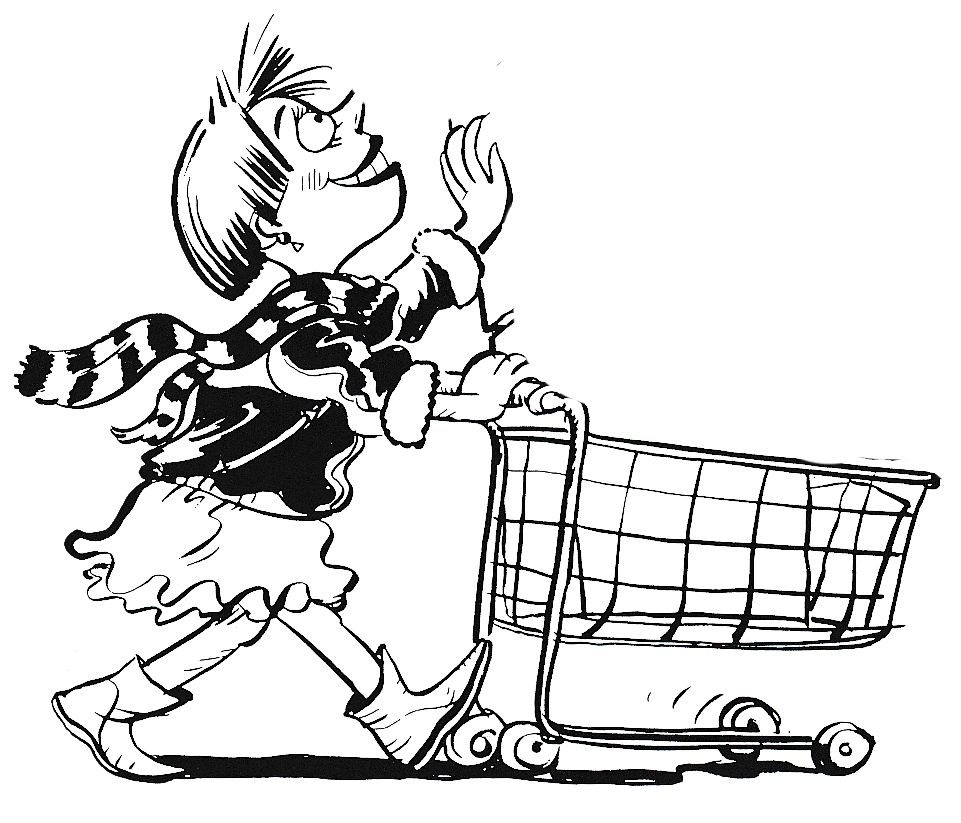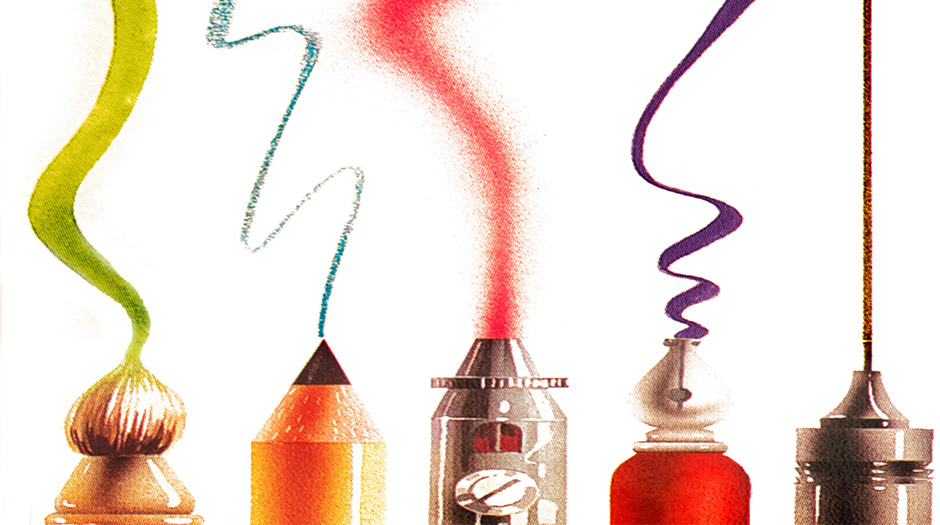Blogg
Fra blyant til digitale verktøy
Fra bruk av blyant til digitale tegnebrett: En kreativ evolusjon
I en verden i stadig teknologisk utvikling har måten vi uttrykker oss kunstnerisk på, også gjennomgått en betydelig transformasjon. Fra de første strekene med blyant på papir til dagens avanserte digitale tegnebrett, har kunsten fått nye dimensjoner og muligheter. Men hva betyr denne overgangen for kunstnere, og hvordan påvirker det den kreative prosessen?
Blyanten: Et tidløst verktøy
Blyanten har vært en trofast følgesvenn for kunstnere i århundrer. Den er enkel, intuitiv og gir en umiddelbar forbindelse mellom hånd og papir. For mange er blyanten det første verktøyet de bruker for å utforske sin kreativitet. Den tillater spontanitet, feil kan lett viskes ut, og den gir en unik tekstur som mange kunstnere fortsatt verdsetter.
Det er noe nostalgisk og ekte ved å bruke blyant. Den krever ingen strøm eller teknologi – bare en hånd og et ark. Mange kunstnere ser på blyanten som en måte å koble seg til det grunnleggende i skapelsesprosessen.
Overgangen til digitale tegnebrett
De siste tiårene har vi sett en eksplosjon i bruken av digitale tegnebrett. Verktøy som Wacom, iPad Pro med Apple Pencil, og andre lignende produkter har revolusjonert måten kunstnere jobber på. Disse verktøyene tilbyr et hav av muligheter som tidligere var utenkelige.
Med et digitalt tegnebrett kan du eksperimentere med forskjellige stiler, farger og teksturer uten å måtte kjøpe dyre materialer. Du kan angre på feil med et enkelt klikk, lagre arbeidet ditt i flere versjoner, og dele det med et globalt publikum på sekunder. For profesjonelle illustratører og designere har dette vært en gavepakke – det sparer tid og åpner for nye kreative horisonter.
Utfordringer med digital kunst
Selv om digitale tegnebrett gir mange fordeler, er det også utfordringer knyttet til overgangen fra tradisjonelle verktøy. Mange kunstnere føler at de mister den taktile følelsen av blyant mot papir. Det kan også være en bratt læringskurve å mestre de ulike programmene og funksjonene som følger med digitale verktøy.
I tillegg kan teknologien noen ganger føles overveldende. Med så mange muligheter kan det være vanskelig å vite hvor man skal begynne eller hvordan man skal begrense seg. For noen kan dette føre til at den kreative prosessen føles mindre spontan.
En hybrid tilnærming
I dag velger mange kunstnere en hybrid tilnærming – de kombinerer det beste fra begge verdener. De begynner kanskje med skisser på papir for å få ideene sine ned raskt, før de overfører arbeidet til et digitalt format for videre bearbeiding. Denne metoden lar kunstnere dra nytte av både tradisjonelle og moderne teknikker.
Fremtiden for kunst
Det er ingen tvil om at teknologien vil fortsette å forme hvordan vi skaper kunst. Kunstig intelligens, virtuell virkelighet og nye digitale verktøy vil sannsynligvis åpne enda flere dører for kunstnere i fremtiden. Men uansett hvor avansert teknologien blir, vil den grunnleggende gleden ved å skape noe – enten det er med blyant eller et digitalt tegnebrett – alltid være kjernen i det hele.
Så enten du foretrekker den enkle sjarmen til en blyant eller de uendelige mulighetene et digitalt tegnebrett gir, er det viktigste at du finner glede i prosessen. For til syvende og sist handler kunst om å uttrykke seg – på den måten som føles riktig for deg.


